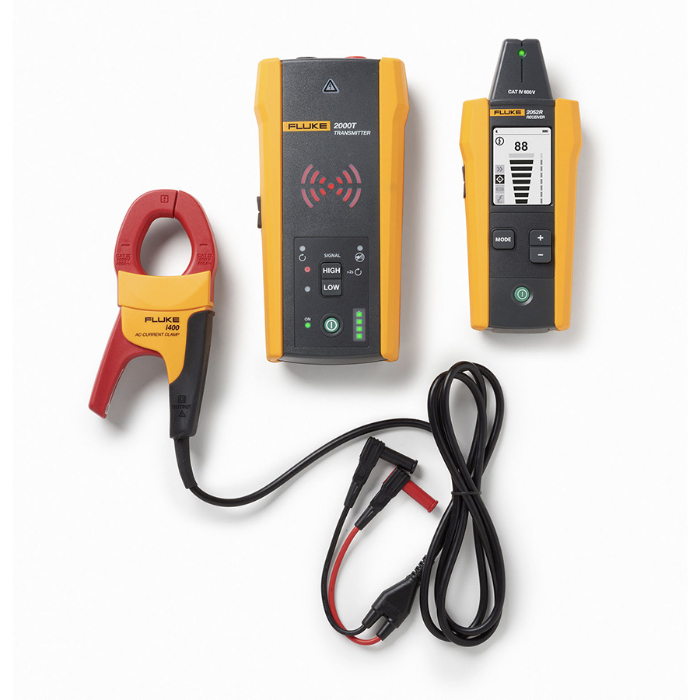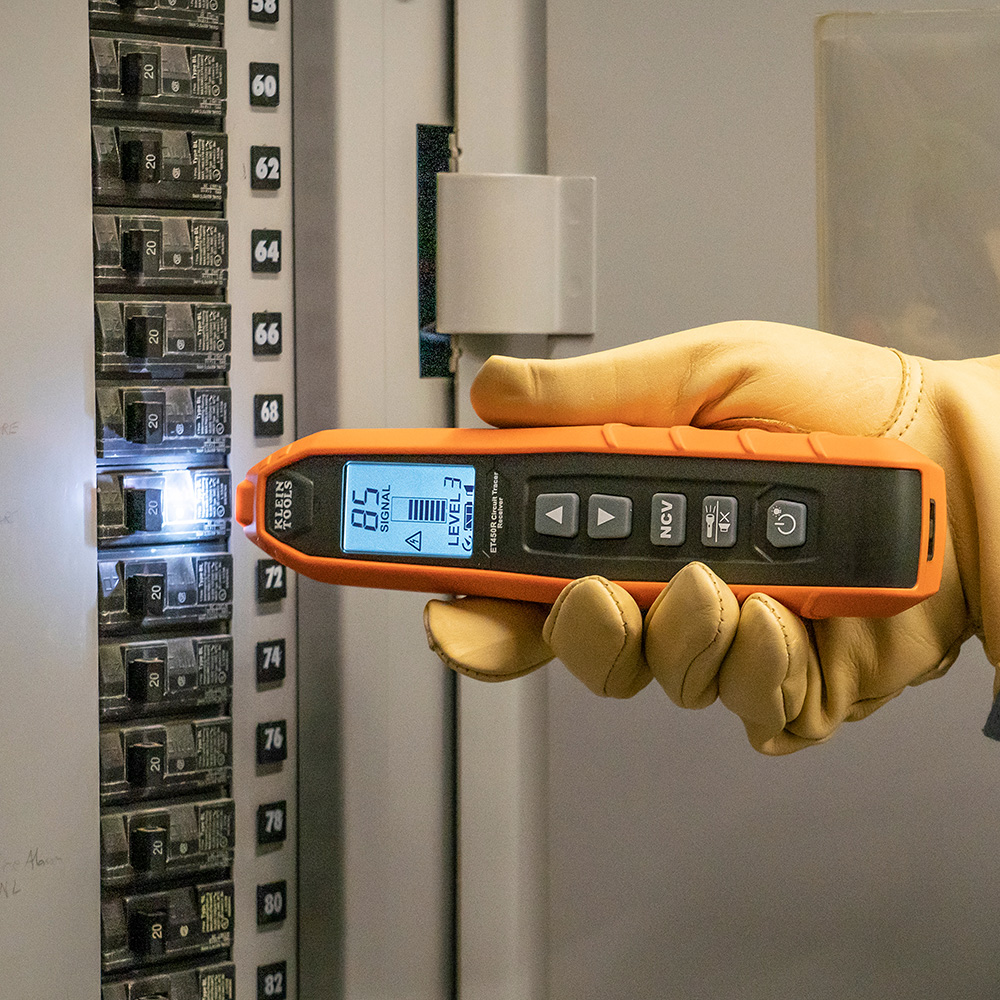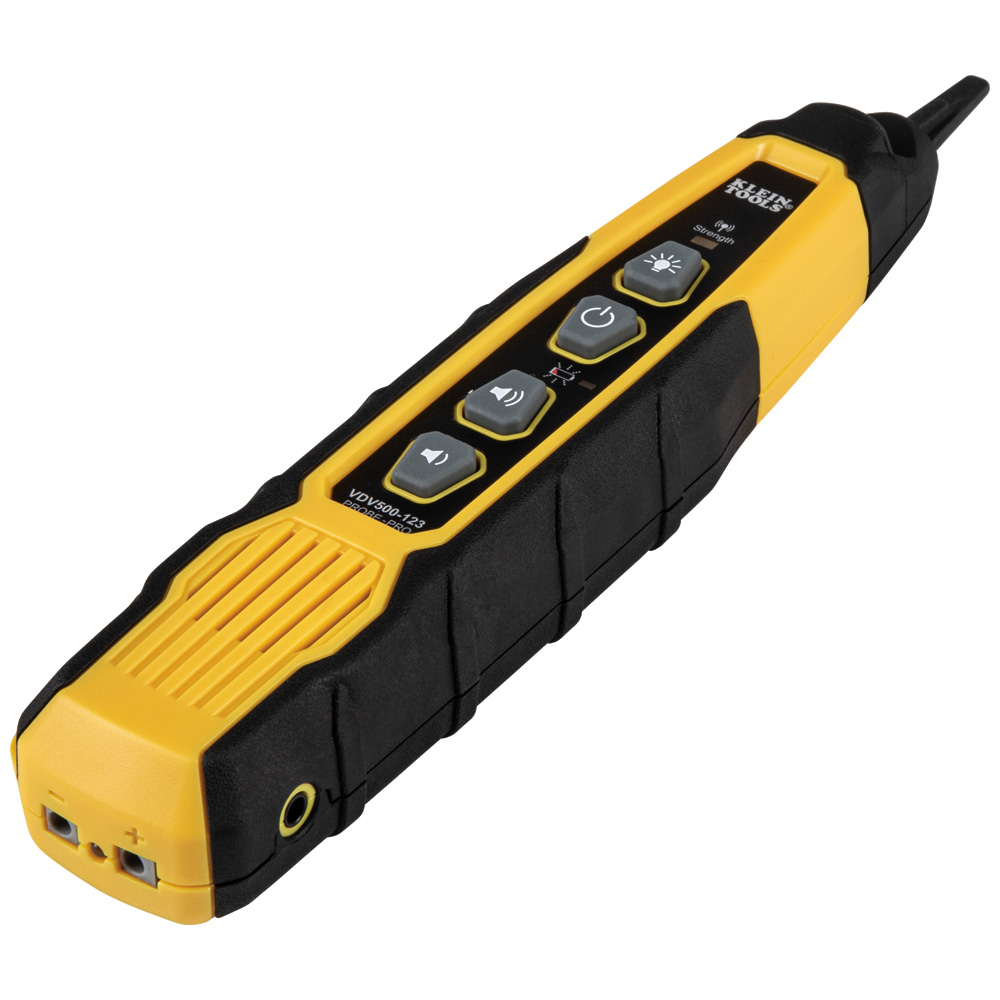Introduction
The wire tracer tool is an essential device for electricians, technicians, and DIY enthusiasts who need to trace electrical wires within walls, ceilings, and floors. This innovative tool is designed to help locate wires from a distance, identify line voltage, and trace non-energized and open (broken) wires. In this comprehensive guide, we will explore the functionality, features, and benefits of wire tracer tools, as well as how to use them effectively.
Part 1: Understanding the Basics of Wire Tracer Tool
Level 1: What is a Wire Tracer Tool?
A wire tracer tool is a handheld device that uses a transmitter and receiver to locate and trace electrical wires. The transmitter applies a signal to the wire being traced, while the receiver detects the signal and provides an audible and visual indication of its presence.
Level 2: How Does a Wire Tracer Tool Work?
The transmitter sends a signal through the wire, which can be detected by the receiver even through walls, floors, and ceilings. The receiver picks up the signal and indicates the location and direction of the wire, making it easier to trace and identify.
Part 2: The Different Types of Wire Tracer Tools
Level 1: Types of Wire Tracer Tools
There are various types of wire tracer tools available, including basic models for residential use and advanced models for professional electricians. Some models may also offer additional features such as adjustable sensitivity, dual transmitter/receiver capabilities, and LCD displays.
Level 2: Choosing the Right Wire Tracer Tool for Your Needs
When selecting a wire tracer tool, consider the type of wiring you will be working with, the distance you need to trace, and any specific features that would benefit your specific applications. Professional electricians may require a more advanced model, while homeowners and DIYers can opt for a basic wire tracer tool.
Part 3: Features and Functions of Wire Tracer Tools
Level 1: Key Features of Wire Tracer Tools
Wire tracer tools often come with a variety of features such as adjustable sensitivity, multiple signal modes, LED display, and audible alerts. Some models may also offer the ability to detect and trace non-energized wires, making them versatile for a range of applications.
Level 2: Functions of a Wire Tracer Tool
The primary function of a wire tracer tool is to locate and trace electrical wires, including both energized and non-energized lines. Additionally, some tools can identify the presence of line voltage and locate potential breaks or faults in the wiring.
Part 4: Benefits of Using a Wire Tracer Tool
Level 1: Advantages of Using a Wire Tracer Tool
Wire tracer tools offer numerous benefits, including time-saving capabilities, increased efficiency in wiring projects, and the ability to avoid unnecessary damage to walls and other structures when tracing wires. They also provide a safer and more precise alternative to manual wire tracing methods.
Level 2: Applications of Wire Tracer Tools
We can use wire tracer tools in residential, commercial, and industrial settings for tasks such as locating and troubleshooting electrical circuits. Identifying wire paths in complex installations. And mapping out wiring schematics for renovation or repair projects.
Part 5: How to Use a Wire Tracer Tool Effectively
Level 1: Preparation and Safety Measures
Before using a wire tracer tool, it’s important to familiarize yourself with the specific model’s user manual, wear appropriate safety gear, and ensure that the area is clear of any hazards. Additionally, verify that the tool’s batteries are fully charged and that the transmitter and receiver are functioning properly.
Level 2: Step-by-Step Guide to Using a Wire Tracer Tool
To use a wire tracer tool effectively, follow these steps: 1) Connect the transmitter to the wire to be traced, 2) Turn on the transmitter and adjust the signal strength, 3) Use the receiver to trace the signal and locate the wire, 4) Mark the wire’s path for future reference, and 5) Turn off the transmitter and receiver after use.
Part 6: Benefits of Using a Wire Tracer Tool
A wire tracer tool offers numerous benefits to electricians and DIY enthusiasts. One of the main advantages is its ability to accurately and quickly identify wires and cables within walls, floors, and ceilings. This can save a significant amount of time and effort compared to using traditional methods such as trial and error or visual inspection.
Another benefit of using a wire tracer tool is its ability to detect faults and breaks in wires, which can be difficult to identify without the right tool. This can be particularly useful when troubleshooting electrical problems, as it helps to pinpoint the exact location of the issue, leading to faster and more efficient repairs.
Furthermore, wire tracer tools can also help prevent damage to existing wires during construction or renovation projects. By precisely identifying the location of wires, users can avoid accidentally drilling or nailing into them, which can cause costly and potentially dangerous damage.
Additionally, wire tracer tools are versatile and we can use them in various applications, from residential electrical work to industrial and commercial projects. They are user-friendly and require minimal training to operate effectively. Making them a valuable tool for professionals and DIYers alike.
In summary, the benefits of using a wire tracer tool include saving time and effort, locating faults and breaks in wires, preventing damage to existing wires, and its versatility in various applications. These advantages make it an indispensable tool for anyone working with electrical systems.
Part 7: Types of Wire Tracer Tools
Wire tracer tools come in a variety of types, each designed for specific purposes and applications. Some of the most common types of wire tracer tools include:
- Tone and Probe Kits: These kits consist of a tone generator and a probe, and they can identify and trace wires in electrical systems. The tone generator emits a signal that can be detected by the probe. Allowing users to follow the path of the wire and locate its endpoint.
- Cable Tracers: These tools can trace the path of cables and wires within walls, floors, and ceilings. They typically use advanced technology such as digital signal processing to accurately identify and map out the route of the cable, making them useful for both residential and commercial applications.
- Circuit Tracers: Circuit tracers can locate and identify circuits within electrical panels, outlets, and junction boxes. They can help electricians and contractors quickly and accurately trace the path of electrical circuits, making them essential for troubleshooting and maintenance tasks.
- Underground Wire Tracers: These tools are specifically for locating buried wires and cables, such as those used for outdoor lighting, underground utilities, and irrigation systems. They use specialized techniques such as ground-penetrating radar to detect and map out the location of buried wires, making them valuable for landscaping and construction projects.
In conclusion, wire tracer tools come in various types, each offering unique features and capabilities to suit different applications and needs. Understanding the different types of wire tracers tools can help users choose the right tool for their specific requirements.
Conclusion
Wire tracer tool is are indispensable for accurately locating, tracing, and identifying electrical wires. With the ability to save time, increase efficiency, and provide a safer alternative to manual wire tracing methods, these tools are a valuable asset for electricians, technicians, and DIY enthusiasts. By understanding the basics, types, features, benefits, and proper usage of wire tracer tools, you can confidently tackle wiring projects with precision and ease.



